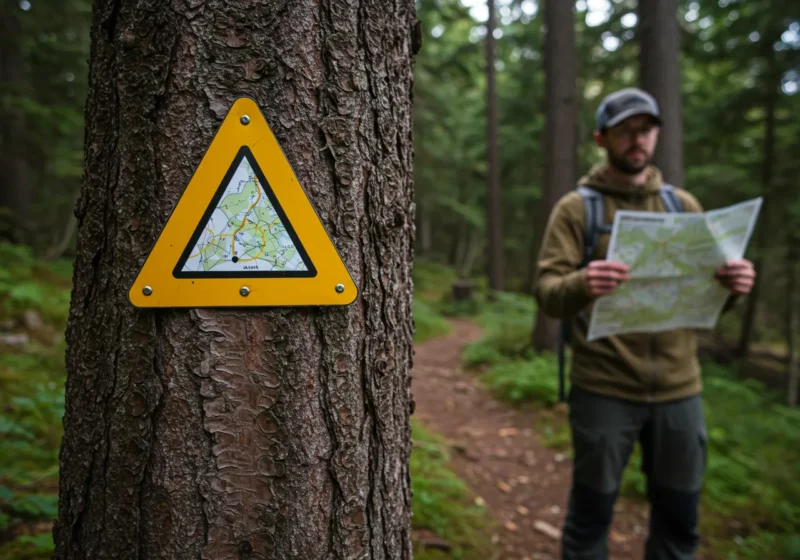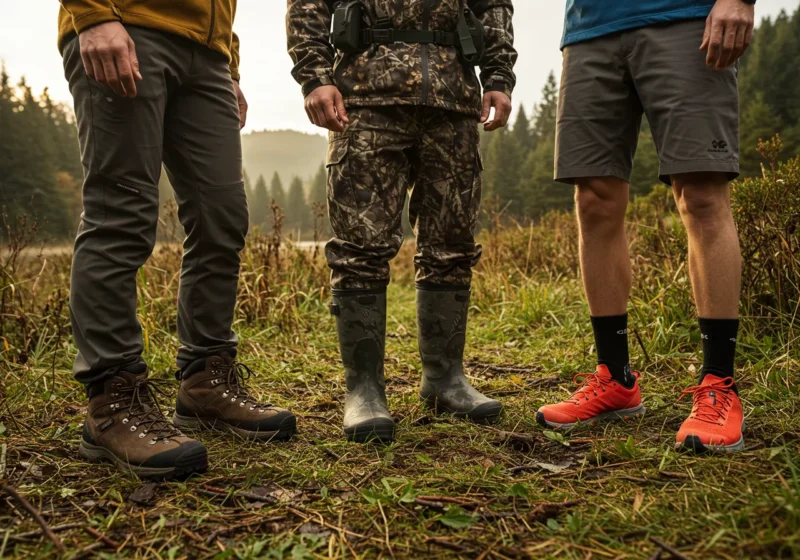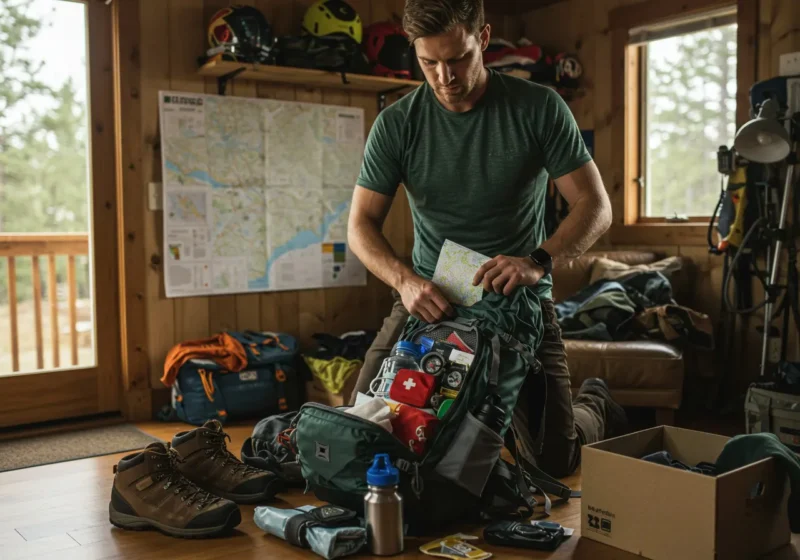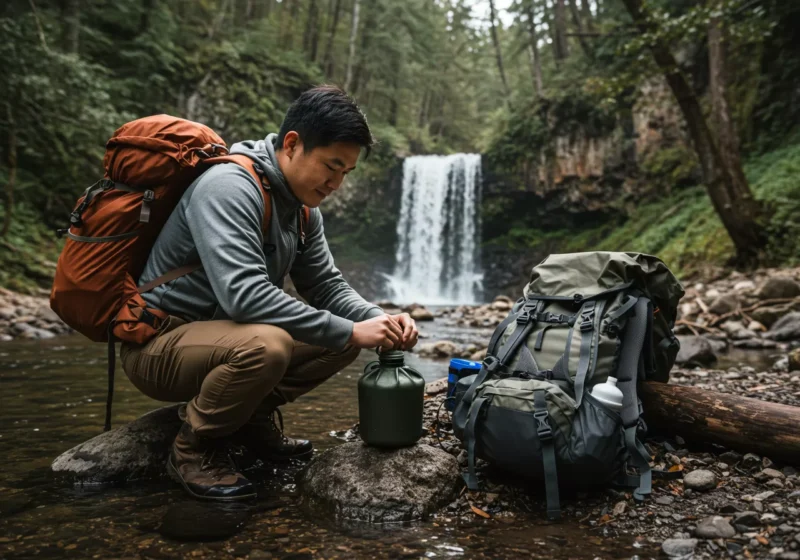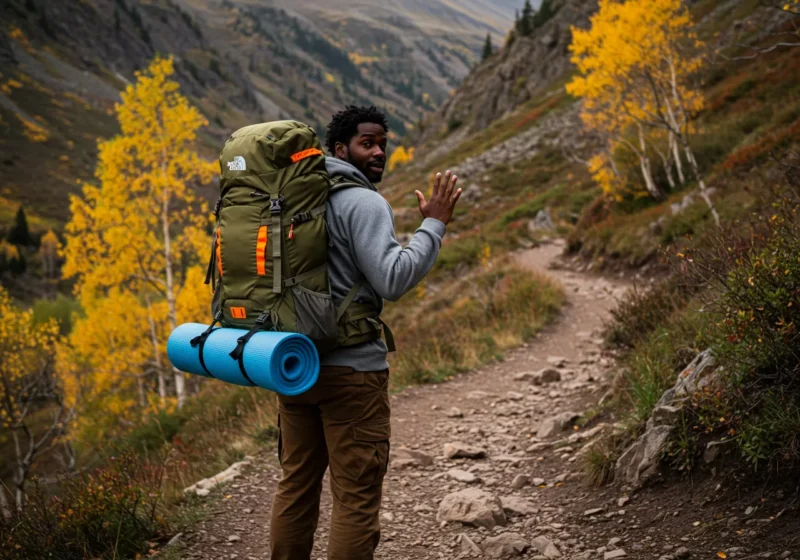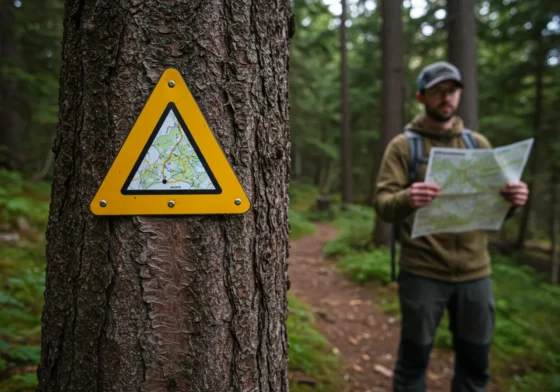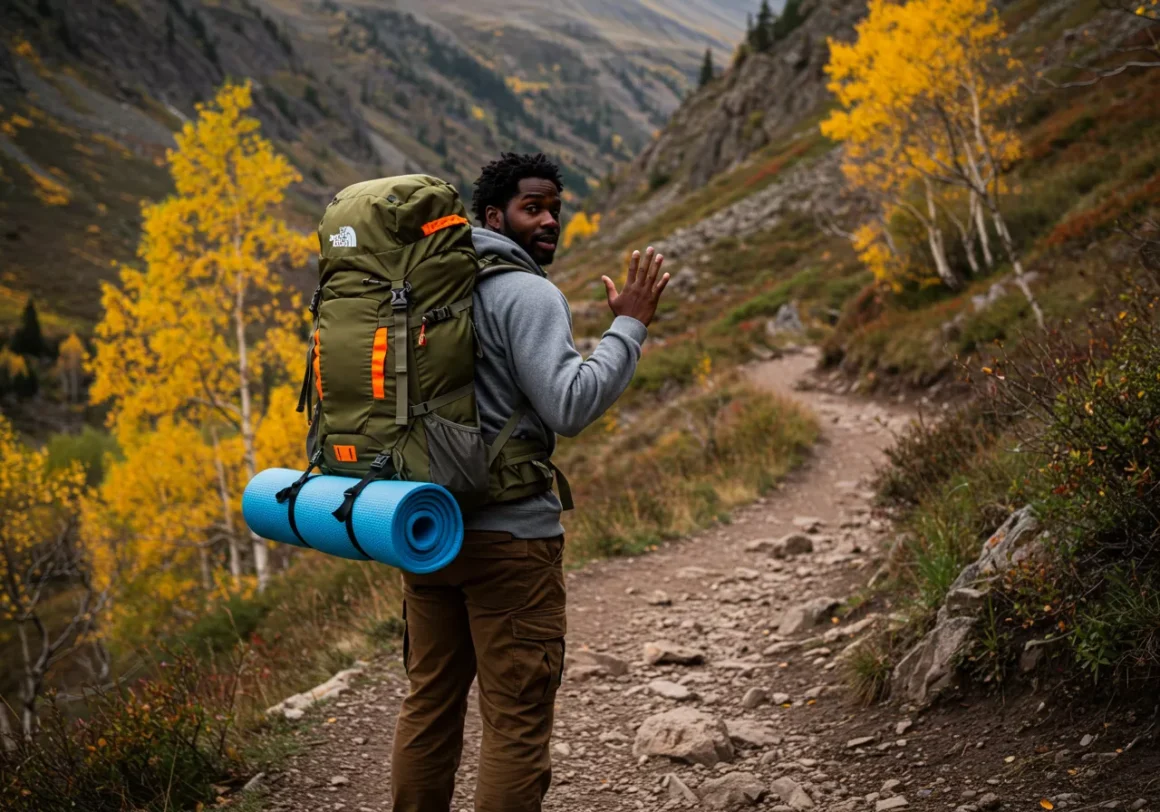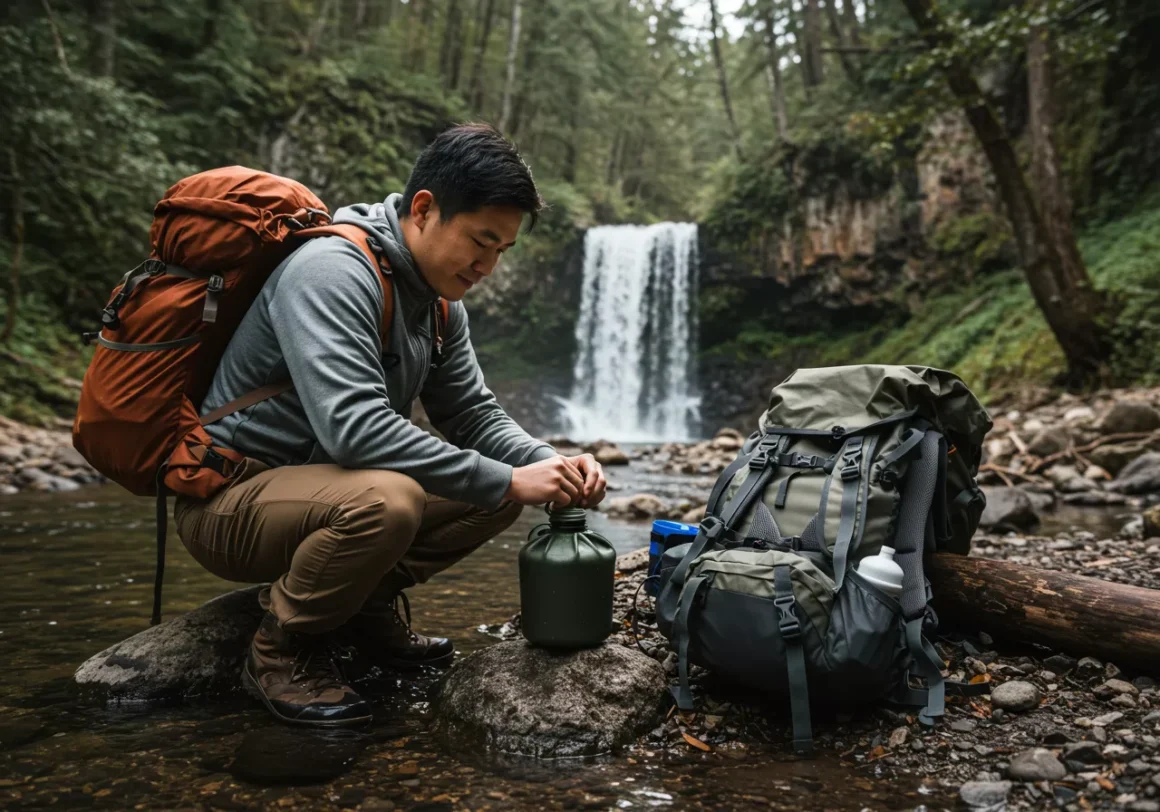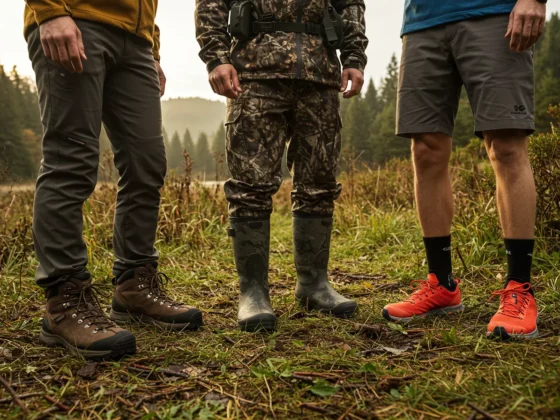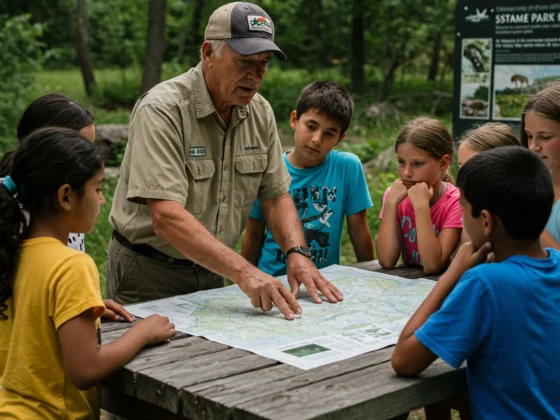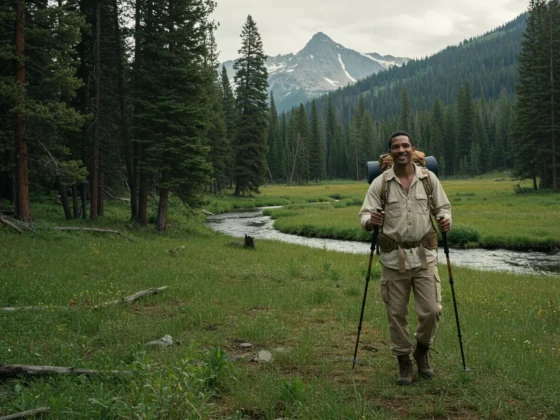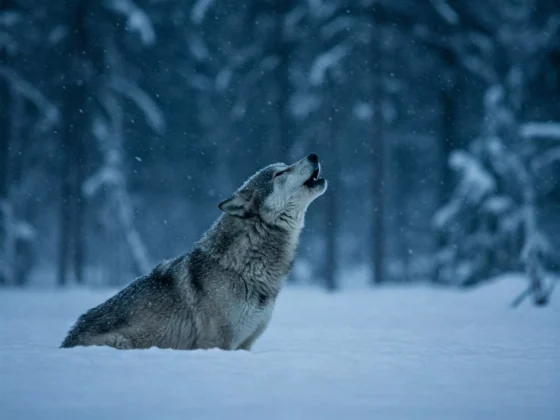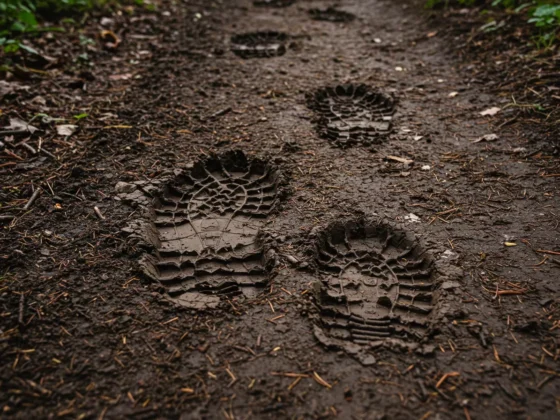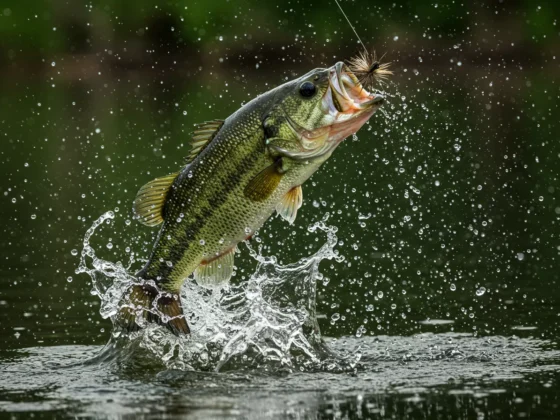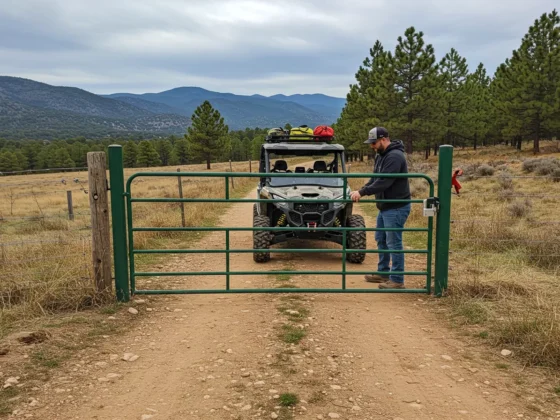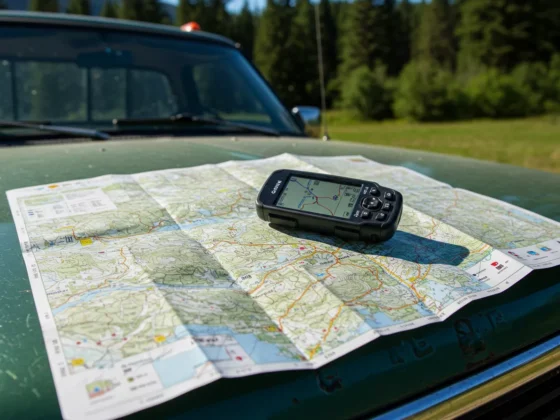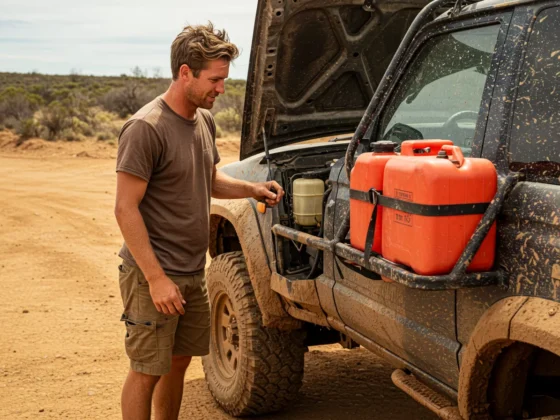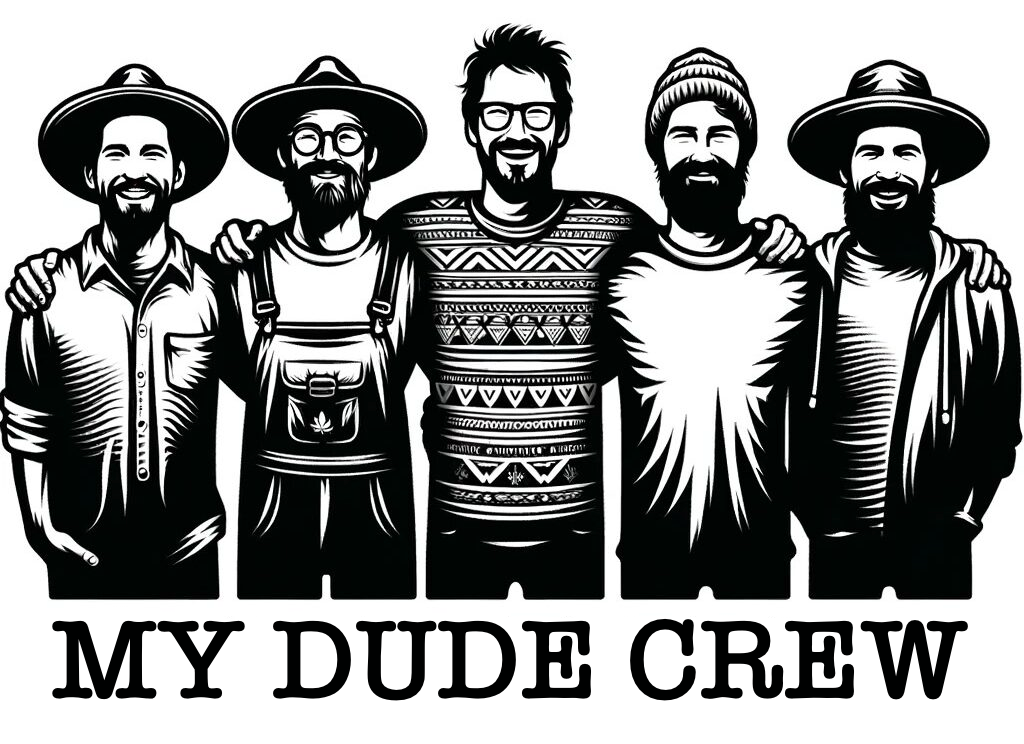There’s something primal and deeply satisfying about stepping onto a path that winds away from the everyday hustle. It’s more than just putting one foot in front of the other; it’s an answer to an inner pull, a desire to exchange concrete jungles for whispering forests and crowded streets for sun-dappled trails. Hiking, backpacking, and all the adventures nestled within these pursuits aren’t just activities; they are ways we reconnect – with the earth beneath our feet, the air we breathe, and the quiet resilience within ourselves. Whether it’s a short day hike to clear the head or a multi-day trek carrying everything we need on our backs, the trail offers a unique blend of challenge, peace, and discovery. It beckons us to explore, to push our limits, and ultimately, to find a bit more of who we are out there amongst the trees and mountains.
Embarking on any trail adventure starts long before the first step – it begins with preparation, and nothing grounds that preparation quite like the right gear, especially what’s on your feet. Your boots or trail shoes are your connection to the terrain, the foundation upon which miles of memories are built. Choosing wisely means considering the trail, the weather, and the weight you’ll carry. Blisters and bruised toes have cut short more adventures than grumpy bears ever have! But it’s not just about footwear; it’s about selecting gear – from moisture-wicking layers to a reliable rain jacket – that works with you, granting you the freedom to focus on the panorama unfolding ahead, not on discomfort.
The right equipment doesn’t just make the journey possible; it makes it enjoyable, liberating you to embrace the experience fully. This sense of freedom extends to how you carry that essential gear, which is an art in itself. A well-fitted pack that distributes weight evenly and keeps essentials within reach can transform a grueling hike into a flowing rhythm of movement. When gear complements your body and intention, you stop fighting the trail and start dancing with it.
The backpack is more than just a bag—it’s your portable headquarters, your mobile shelter, your lifeline on the trail. Anyone who’s ever lugged what felt like a fully stocked kitchen up a steep incline knows the hard-earned lesson of purposeful packing. It’s not about stripping everything down to the bare bones, but about making wise, informed choices. Efficient backpacking means understanding the difference between genuine necessity and the “just-in-case” gear inspired by too many survival shows.
Smart organization, thoughtful weight distribution, and choosing gear that serves more than one function can turn a brutal climb into a surprisingly comfortable trek. An efficiently packed backpack doesn’t just save your back—it clears your head. Instead of second-guessing every item you brought, you’re free to engage with the trail, the sights, the sounds. Once your pack becomes a natural extension of your body, you’re no longer burdened by it; you’re guided by it, moving with ease through the wild.
Out on the trail, movement becomes a meditation. Finding your hiking rhythm is key to covering ground efficiently and enjoying the journey. It’s about more than just speed; it’s discovering a sustainable pace that syncs with your breath and the cadence of the trail itself. By learning to read the terrain and adapting your steps accordingly, you reduce strain and find flow. Techniques like the rest step on steep inclines or strategically using trekking poles can make a world of difference in energy conservation and joint preservation. It’s not just about pushing harder—it’s about hiking smarter.
Conserving energy pays dividends beyond the physical. When you hike with intention and efficiency, you keep more in the tank—mentally and emotionally. This means you’re more present, more alert, and better able to appreciate the trail’s subtle beauty. You might notice the rustle of leaves, the shift in light through the trees, or the distant call of a bird. With less strain on your body, your mind is free to wander, and you might even feel inspired to explore just a little farther off the beaten path.
While popular trails offer undeniable beauty, there’s a unique magic in seeking out the path less traveled. Venturing into quieter corners of the wilderness—whether by backpacking deeper into the backcountry or choosing a less-frequented day hike—opens doors to more profound connections. These solitary paths invite a slower, more mindful pace, where each step becomes part of a quiet conversation with the natural world. It’s in these moments, away from the buzz of the crowd, that the subtle language of nature comes into focus—the rustle in the undergrowth signaling unseen wildlife, the intricate patterns of moss on an old log, the whisper of wind through untouched trees.
These encounters foster a deeper appreciation for the world beyond ourselves. Beneath a star-filled sky, far from city lights, or alongside a still lake at dawn, we begin to understand our place within a much larger, living system. It’s not just about escaping the hustle of daily life; it’s about engaging with the environment on a more intimate, respectful level. In these quiet spaces, awe and contemplation take root—moments that linger long after we’ve returned home, reminding us of the value in choosing stillness over speed and presence over productivity.
Conclusion
The lure of the trail is multifaceted. It’s the physical challenge met with capable gear and smart technique. It’s the mental reset found in rhythmic movement and purposeful packing. But most profoundly, it’s the deep, often unspoken, connection we forge with the wild places and with ourselves when we answer that beckoning path. Whether you’re chasing summits, exploring valleys, or simply seeking a quiet walk in the woods, the trail provides. It challenges, it rewards, and it reminds us of the simple, enduring beauty of putting one foot in front of the other and seeing where the journey takes us. Happy trails.

